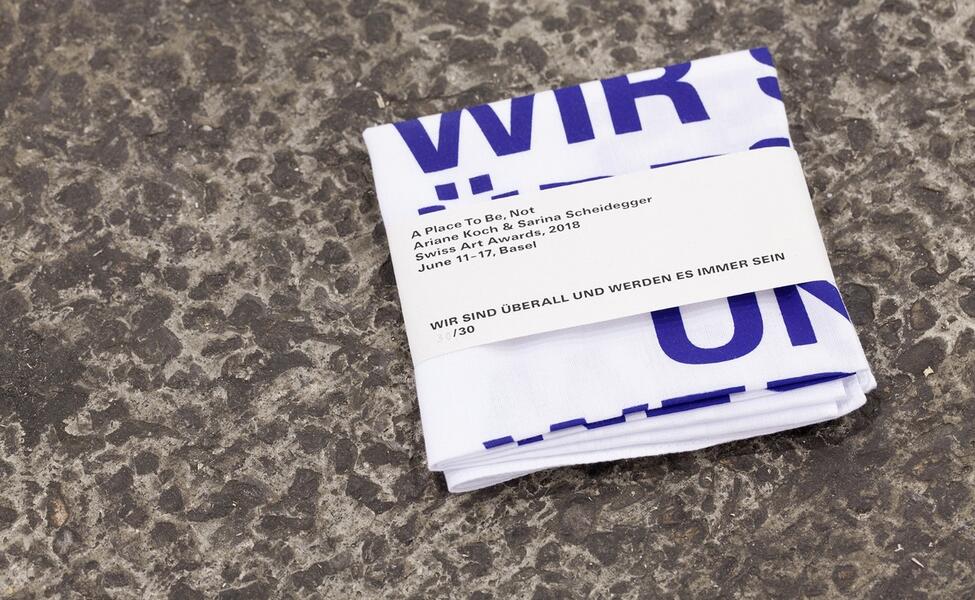WHAT´S COOKING IN BOGOTÁ? - MEET FLORA´S 2018 RESIDENTS
By Valentina Gutiérrez Turbay.
(PART 1)
In the heart of San Felipe, a northern Bogotá neighbourhood in process of gentrification, there is a building where more than 20 artists from all over the world work, talk and coexist. Each one has his own workshop and does part of the activities of the curricular program, which includes encounters with curators, theorists, and leaders of indigenous communities among others. Founded by curator José Roca in 2016 The Flora School residence turned Bogotá into a meeting point for a diverse group of people interested in art. The reasons why artists choose this residence are many, although everyone agrees that the experience in Bogota represents an important moment in their career. Here are some of the 2018 residents:

Sarina Scheidegger
Sarina (Berna, 1985) arrived to Bogotá in February and presented the result of the residency at the book and fanzine fair I never read in Basel, Switzerland. Her project Be a giraffe if you can not be a llama is a folder that contains a series of texts written by her, Ana Navas and Jimena Croceri, companionsfrom Flora, and a group of Swiss and Colombian artists Luisa Ungar
Scheidegger's work has a strong editorial component and is based on a collaborative processes. She is interested exploring performance, the complement of textual elements that work as tools and traces of actions. As well, in Basel she presented A place to be, not where she worked a series of movements with handkerchiefs with phrases from Colombia such as Se me fue la paloma (I was the pigeon).
Scheidegger also inquires about language and its possibilities. This is seen in the graphic piece Agua como agua, a poster that has a poem about water written by her in which some Bogota idioms appear in an ambiguous meaning. The poem has repetition and speaks of what can happen in a strange city. "The phrases are between the words and the mentions of things that people use, the question is, How can I use them?", she explains and mentios some of them: “De una”, “Ahorita”, “A la orden”, “Paila”.
Flora has been an ideal place to expand its web. The constant conversation has turned into all these projects, and there are still six months left in which she will continue exploring the city, the language and new collaborations.
Fredy Clavijo
Flora not only stands out for its international convening capacity, but also because it is a space that links peripheral regions of Colombia. After an outstanding participation at the Salón Nacional de Artistas 44, Fredy Clavijo (Pereira 1977) won the ARTBO Scholarship for his proposal at the 2017 Artecámara fair editio. Clavijo believes that being in Flora makes it clear that the training process never ends: the seminars and critical sessions serve to update questions, which are answered with the experience and knowledge of the tutors and the dialogue with the classmates.
Since he has been in the residence, he was able to revise his practice, not only rethinking the formal aspects of art, but also the modes of production. As a result of this, he has established a zero waste policy. In his words "I am self-recycling. I am interested on it not only as an ecological thing, but also from an economic perspective. I work over everything that could be considered as a residue, that's how it works as a material for the next piece”. All the materials he uses come from the street or from the neighborhood hardware stores.Int this way he intents to recognize the place in in where he is producing.
Currently working with drums of gasoline drained with rhizomes that refer to the natural environment, it is a signal to the region of La Guajira where there is a very large cultural wealth and an informal economy from the gasoline that is brought from Venezuela, as there is no presence state and is in water crisis.




